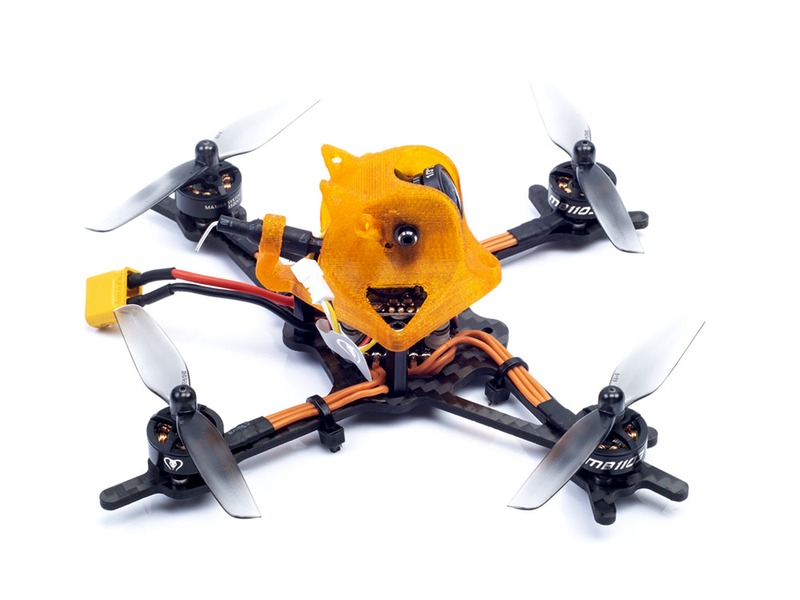Can the FAA track your drone?

Yes, the FAA (Federal Aviation Administration) can track your drone. Though the current tracking technology is still in its infancy, the FAA is working to create a system that will allow for more precise monitoring of drones. The FAA has implemented a system called “Remote ID”, which requires all drones to continuously broadcast their location, serial number, altitude, and speed. This allows for other aircraft and facilities to identify and track the drones in their airspace.
The FAA currently has two different ways of tracking drones. The first is through the FAA’s “Data Link” system. The Data Link system is used to connect the drone to the FAA’s database in order to provide the most up-to-date information on its location. The FAA also has access to the information collected by the “Unmanned Aircraft System Traffic Management” (UTM) system, which monitors the airspace around the drone. UTM is able to detect when a drone is flying too close to other aircraft or near airspace restricted for security purposes.
The FAA also has the ability to track drones using ADS-B technology. ADS-B stands for Automatic Dependent Surveillance-Broadcast, and is a technology that enables aircraft to broadcast their position and altitude to other aircraft, air traffic controllers, and other approved entities. The FAA currently requires all aircraft over 55 pounds, including drones, to be equipped with ADS-B. This data is then hosted in the FAA’s database and is used to track drone activity.
The FAA is also working towards the development of a “Drone Registry”, which would require ALL drones to be registered with the FAA. The registry would provide information on the owner, type of drone, and other important data. This would help the FAA to better monitor, regulate, and enforce air traffic control regulations.
Overall, the FAA is working to ensure that drones are safe and properly tracked. Though the current technology is still in its infancy, the FAA is doing its best to create a system that allows for more precise monitoring of drones. With the advancement of current technologies, it is likely that the FAA will be able to track drones to a much greater degree.

